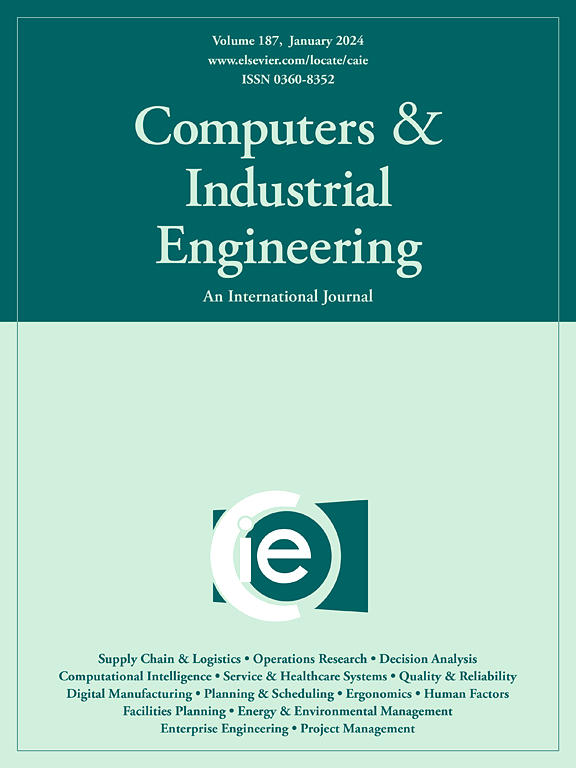Human control mode enables accurate real-time risk warning in human–machine systems
IF 6.7
1区 工程技术
Q1 COMPUTER SCIENCE, INTERDISCIPLINARY APPLICATIONS
引用次数: 0
Abstract
Data-driven risk analysis serves as an essential approach to risk mitigation in human–machine systems. Presently, risk management rooted in data often depends on labels extracted from risk outcomes, accentuating a causative risk management paradigm. However, these labels frequently fall short in capturing the dynamic evolution of risks in real-time, especially accounting for the impact of human intervention on risk dissemination. In striving for greater precision in real-time risk prediction within human–machine systems, human control is identified as a pivotal factor in shaping risk progression. A precise warning model is devised based on human control patterns, discerned through clustering control data focusing on “timeliness,” “stability,” and “coordination.” This methodology facilitates the development of machine learning-driven warning models. The viability of the proposed approach is substantiated through a case study involving aircraft landing mishaps. This research furnishes a conceptual framework and procedural guidelines to propel risk analysis within human–machine systems, with an emphasis on human-centric risk warnings across diverse industrial contexts.
人机控制模式,实现人机系统的准确实时风险预警
数据驱动的风险分析是降低人机系统风险的重要方法。目前,基于数据的风险管理往往依赖于从风险结果中提取的标签,强调了因果风险管理范式。然而,这些标签往往不能实时捕捉风险的动态演变,特别是考虑到人为干预对风险传播的影响。为了在人机系统中实现更精确的实时风险预测,人类控制被认为是影响风险进展的关键因素。根据人类控制模式设计了精确的预警模型,通过集中关注“及时性”、“稳定性”和“协调性”的控制数据进行识别。这种方法促进了机器学习驱动的预警模型的发展。通过一个涉及飞机着陆事故的案例研究证实了所提出方法的可行性。本研究提供了一个概念框架和程序指南,以推动人机系统中的风险分析,重点是在不同的工业环境中以人为中心的风险预警。
本文章由计算机程序翻译,如有差异,请以英文原文为准。
求助全文
约1分钟内获得全文
求助全文
来源期刊

Computers & Industrial Engineering
工程技术-工程:工业
CiteScore
12.70
自引率
12.70%
发文量
794
审稿时长
10.6 months
期刊介绍:
Computers & Industrial Engineering (CAIE) is dedicated to researchers, educators, and practitioners in industrial engineering and related fields. Pioneering the integration of computers in research, education, and practice, industrial engineering has evolved to make computers and electronic communication integral to its domain. CAIE publishes original contributions focusing on the development of novel computerized methodologies to address industrial engineering problems. It also highlights the applications of these methodologies to issues within the broader industrial engineering and associated communities. The journal actively encourages submissions that push the boundaries of fundamental theories and concepts in industrial engineering techniques.
 求助内容:
求助内容: 应助结果提醒方式:
应助结果提醒方式:


